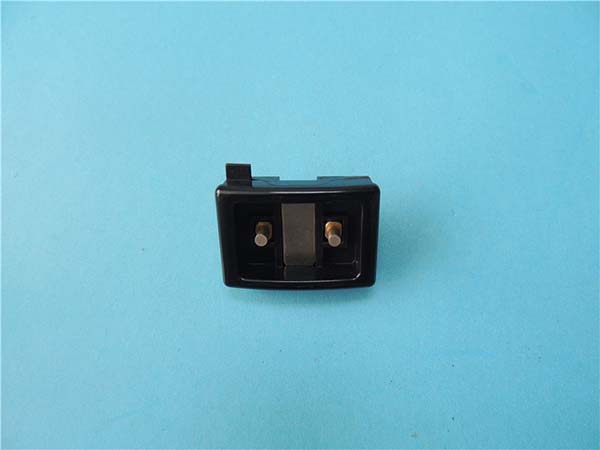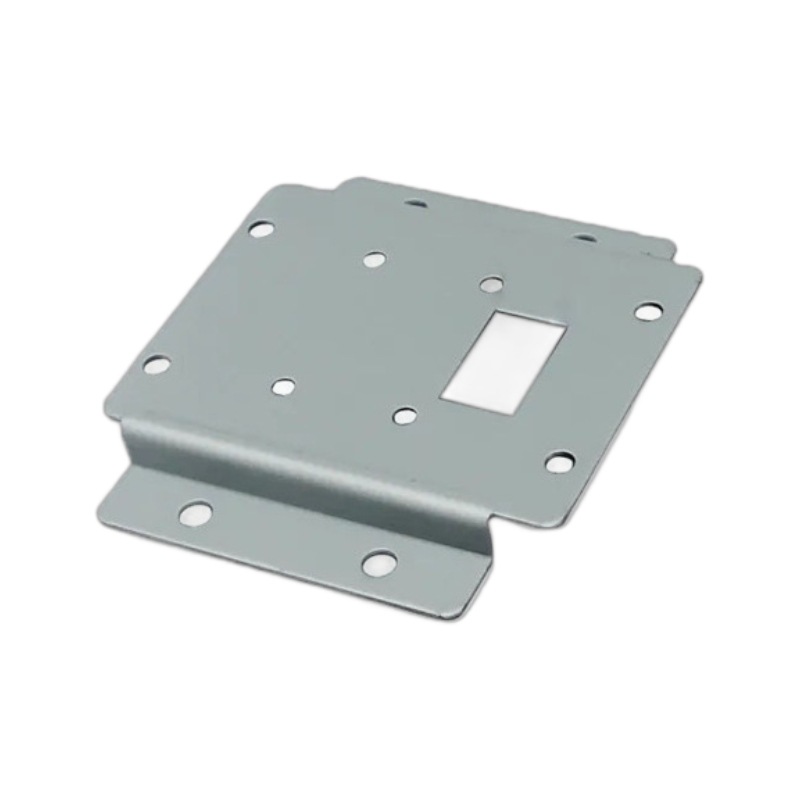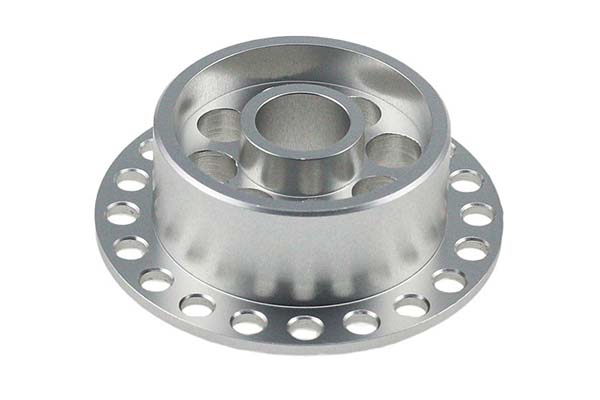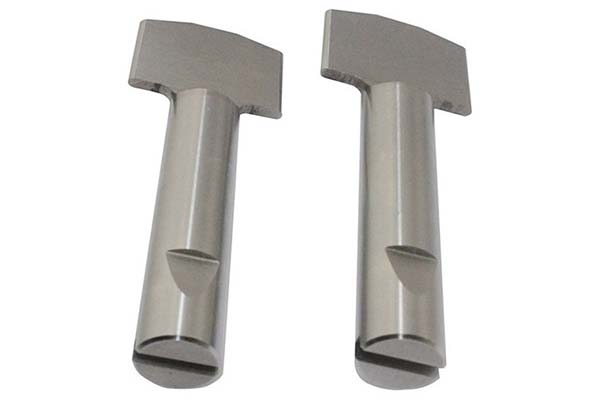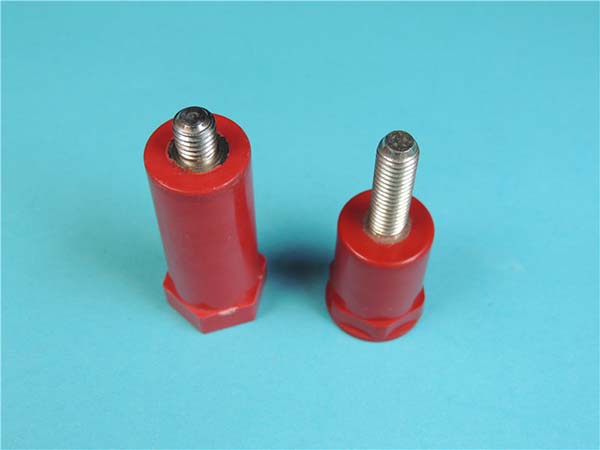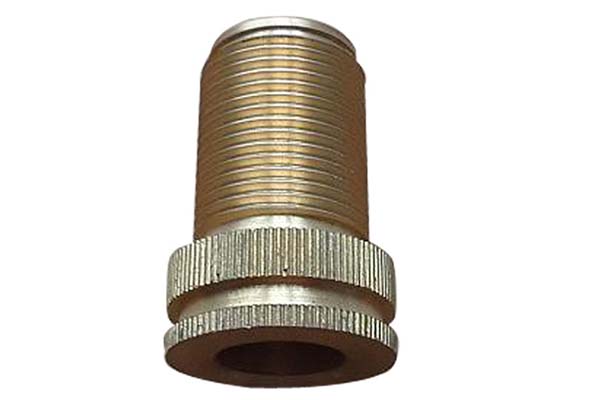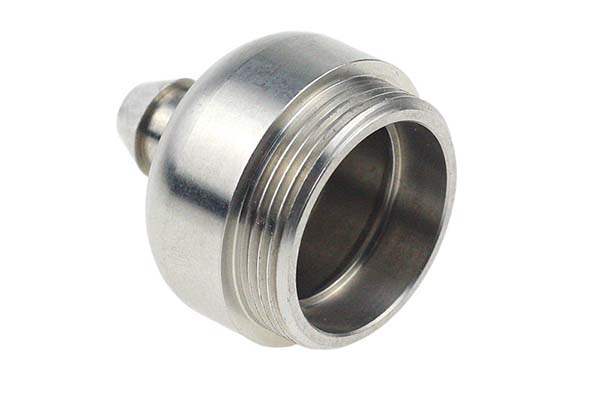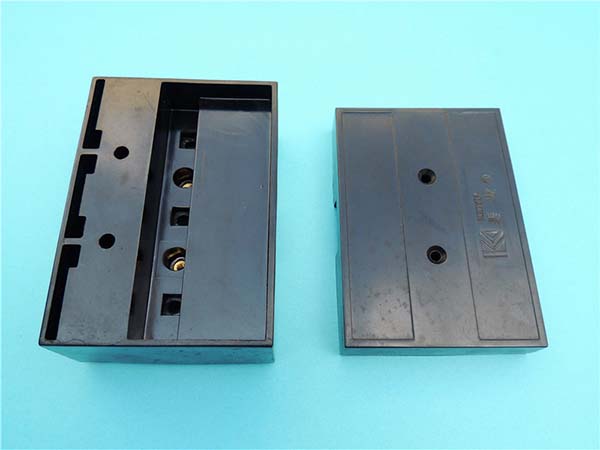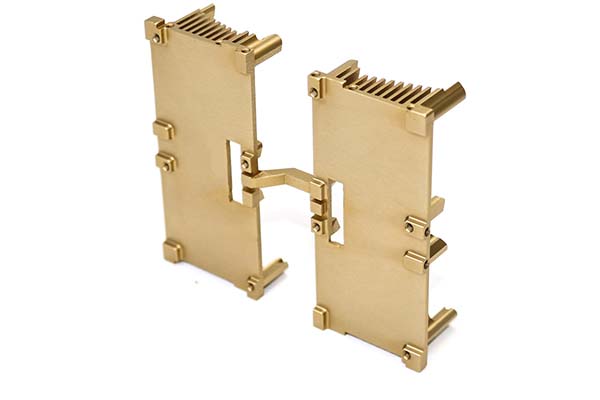CNC machining of G10/FR4 (glass-reinforced epoxy) presents unique challenges that manufacturers often encounter. Its composition—layers of glass fabric bonded with epoxy resin—makes it highly abrasive, causing rapid tool wear without specialized tool selection. The material’s layered structure also leads to uneven cutting forces, increasing the risk of surface defects like fiber pull-out or delamination, especially when machining across layer boundaries. G10/FR4’s high mechanical strength and rigidity make it prone to cracking under excessive cutting pressure, while its low thermal conductivity causes heat to accumulate at the cutting edge, potentially damaging the epoxy matrix. Achieving tight tolerance verification is further complicated by its directional properties—machining parallel to the glass fibers is smoother than cutting perpendicular, requiring adjusted cutting parameters for each orientation. This guide addresses these pain points, offering expert strategies to master CNC machining of G10/FR4.
CNC Machining Techniques for G10/FR4
The CNC machining techniques for G10/FR4 require specialized approaches to handle its abrasive, layered nature:
- CNC milling: The primary process, using ultra-hard tools to counteract abrasiveness. A spindle speed of 8000-12,000 RPM and feed rate of 0.05-0.1 mm/tooth works well, with a depth of cut of 0.2-1 mm for roughing and 0.05-0.1 mm for finishing. Climb milling reduces fiber pull-out by cutting cleanly through the glass layers, while conventional milling is better for avoiding delamination when machining near edges.
- CNC drilling: Requires carbide or diamond-tipped drills with a 130°-140° point angle to prevent layer separation. Peck drilling (intermittent retraction) clears glass dust, reducing the risk of tool clogging and heat buildup.
- CNC routing: Ideal for cutting large, flat G10/FR4 sheets into shapes like electrical enclosures, using high-speed routers with spiral-flute bits to minimize chipping. A spindle speed of 15,000-20,000 RPM and feed rate of 2-5 m/min ensures clean edges.
- Tool path optimization: Smooth, continuous toolpaths reduce abrupt direction changes, which can cause uneven stress and delamination. CAD/CAM integration helps generate paths that follow the material’s grain where possible, minimizing cross-layer cutting. For complex geometries, layered machining (multiple shallow passes) reduces cutting pressure, preventing cracking.
- Coolant usage: Flood coolant with a 5-10% concentration of water-soluble fluid is critical, as it dissipates heat and flushes away glass particles—excess dust can abrade both tools and workpiece surfaces, reducing surface finish quality.
Material Properties of G10/FR4
G10/FR4 is a glass-reinforced epoxy composite with properties that make it indispensable in demanding applications, influencing every aspect of machining:
- Mechanical strength: Boasts a tensile strength of 300-400 MPa and flexural modulus of 20-25 GPa, offering exceptional rigidity and load-bearing capacity—ideal for mechanical parts and structural components.
- Electrical insulation: With a volume resistivity of 10¹⁴-10¹⁶ Ω·cm and high dielectric strength (20-30 kV/mm), it is a premier material for printed circuit boards (PCBs) and electrical insulators.
- Thermal stability: Withstands continuous use temperatures of 130-180°C, though prolonged exposure to machining heat above 200°C can degrade the epoxy matrix, requiring strict heat management.
- Dimensional stability: Has a low coefficient of thermal expansion (10-20 μm/m·K) and minimal moisture absorption (<0.15%), ensuring consistent dimensions in humid environments—critical for aerospace components and precision instruments.
- Chemical resistance: Resists most solvents, oils, and mild acids, though strong alkalis can degrade the epoxy over time—important for industrial machinery applications.
- Flame retardant: FR4 variants (a type of G10) are self-extinguishing, meeting UL94 V0 standards, making them suitable for applications where fire safety is critical.
| Property | G10/FR4 | PEEK GF30 | Fireproof PC |
| Tensile Strength | 300-400 MPa | 170-190 MPa | 60-75 MPa |
| Dielectric Strength | 20-30 kV/mm | 25-30 kV/mm | 20-25 kV/mm |
| Thermal Stability (°C) | 130-180 | 260 | 120-140 |
| Coefficient of Thermal Expansion | 10-20 μm/m·K | 20-25 μm/m·K | 60-70 μm/m·K |
Applications of G10/FR4
CNC machined G10/FR4 parts are valued across industries for their unique combination of strength, insulation, and stability:
- Printed circuit boards (PCBs): FR4 is the standard material for PCB substrates, leveraging its electrical insulation and dimensional stability to support complex circuitry.
- Electrical enclosures: Housings for high-voltage equipment use G10/FR4’s insulation properties and flame retardant nature, ensuring safe operation.
- Insulators: Bushings, spacers, and terminal blocks in power systems rely on its high dielectric strength and thermal stability, preventing electrical arcing.
- Aerospace components: Structural brackets, sensor mounts, and wire harness guides use G10/FR4’s lightweight strength and resistance to extreme temperatures.
- Automotive parts: Electrical system insulators and under-hood components benefit from its chemical resistance and ability to withstand engine bay heat.
- Medical devices: Surgical instrument handles and diagnostic equipment frames use its biocompatibility (when properly finished) and dimensional stability during sterilization.
CNC Machining Equipment for G10/FR4
Specialized CNC machining equipment is required to achieve precision in G10/FR4 processing:
- CNC milling machines: 3-axis and 5-axis mills with rigid frames and low-vibration spindles minimize tool deflection, critical for maintaining tolerance in abrasive materials.
- CNC routers: High-speed routers with vacuum tables secure large G10/FR4 sheets during cutting, preventing movement and ensuring clean edges in applications like electrical enclosures.
- Multi-axis machining centers: Enable complex geometries to be machined in one setup, reducing workpiece handling and minimizing the risk of delamination from repeated clamping.
- High-speed spindles: 10,000-20,000 RPM spindles reduce tool-fiber interaction time, lowering wear and heat buildup in G10/FR4.
- Coolant systems: High-pressure coolant (40-60 bar) with fine filtration (5 μm) flushes away glass particles, preventing re-cutting and surface scratches.
- Vacuum fixtures: Secure thin G10/FR4 sheets during machining, preventing warping and ensuring uniform cutting forces—ideal for printed circuit boards (PCBs) and thin insulators.
Quality Control in CNC Machining G10/FR4
Maintaining quality in G10/FR4 parts ensures performance in critical applications:
- Inspection methods: Dimensional measurement using coordinate measuring machines (CMMs) verifies tolerances, with accuracy up to ±0.001 mm for PCB substrates and precision insulators.
- Surface roughness: G10/FR4 typically achieves Ra 1.6-3.2 μm with standard machining. Profilometers check for fiber pull-out and resin smearing, with Ra <2.0 μm required for sealing surfaces in electrical enclosures.
- Tolerance verification: Statistical process control (SPC) tracks variations, ensuring parts meet ±0.01-0.03 mm tolerances—tighter (±0.005 mm) for high-precision components like aerospace insulators.
- Non-destructive testing: Ultrasonic testing detects subsurface delamination, critical for load-bearing parts like structural brackets in industrial machinery.
- Hardness testing: Barcol hardness (40-50) is verified to ensure epoxy curing uniformity—variations can indicate inconsistent material strength and machinability.
- In-process monitoring: Acoustic sensors detect tool wear by monitoring cutting noise, triggering tool changes before surface quality degrades—reducing scrap rates by up to 25%.
Yigu Technology's Perspective
Yigu Technology specializes in CNC machining G10/FR4, leveraging expertise in handling its abrasive, layered properties. We use diamond-coated carbide tools and PCD (polycrystalline diamond) inserts to minimize wear, paired with high-pressure coolant systems to flush away glass particles. Our multi-axis machining centers and CAD/CAM integration ensure complex parts like printed circuit boards (PCBs) and aerospace insulators are machined accurately in one setup. Quality control includes CMM inspections and ultrasonic testing, critical for clients requiring tight tolerances and reliable electrical performance. We optimize cutting parameters to balance material removal and thermal management, delivering parts with consistent surface finish and intact glass-resin bonds. Whether producing insulators or structural components, we tailor our processes to G10/FR4’s unique needs, ensuring reliable, high-performance results.
FAQ
- Why is G10/FR4 so abrasive, and how to reduce tool wear?
G10/FR4’s glass fibers make it highly abrasive, causing 5-10 times faster tool wear than plastics. To reduce wear, use PCD or diamond-coated carbide tools, lower feed rate (0.05-0.08 mm/tooth), and high-pressure coolant to flush away glass particles, extending tool life by 3-4 times.
- How to prevent delamination when machining G10/FR4?
Delamination occurs due to excessive cutting pressure or improper tool geometry. Prevention involves using sharp tools with a positive rake angle, limiting depth of cut to 0.5 mm per pass, and machining from the top layer down to distribute forces evenly. Vacuum fixtures also help secure the material, reducing movement during cutting.
- What surface roughness can be achieved in G10/FR4, and how to improve it?
Standard machining achieves Ra 1.6-3.2 μm. To improve surface finish (Ra <1.6 μm), use PCD tools, increase spindle speed to 15,000-20,000 RPM, and apply a light finishing pass (0.05 mm depth of cut) to shear fibers cleanly without smearing resin.
